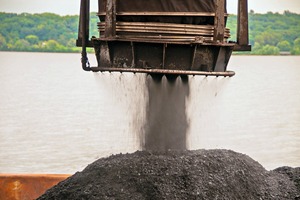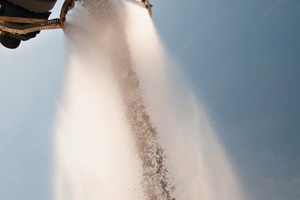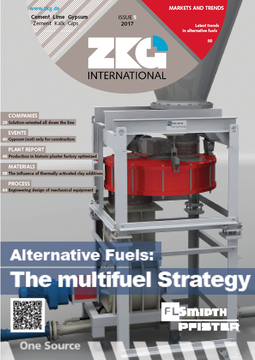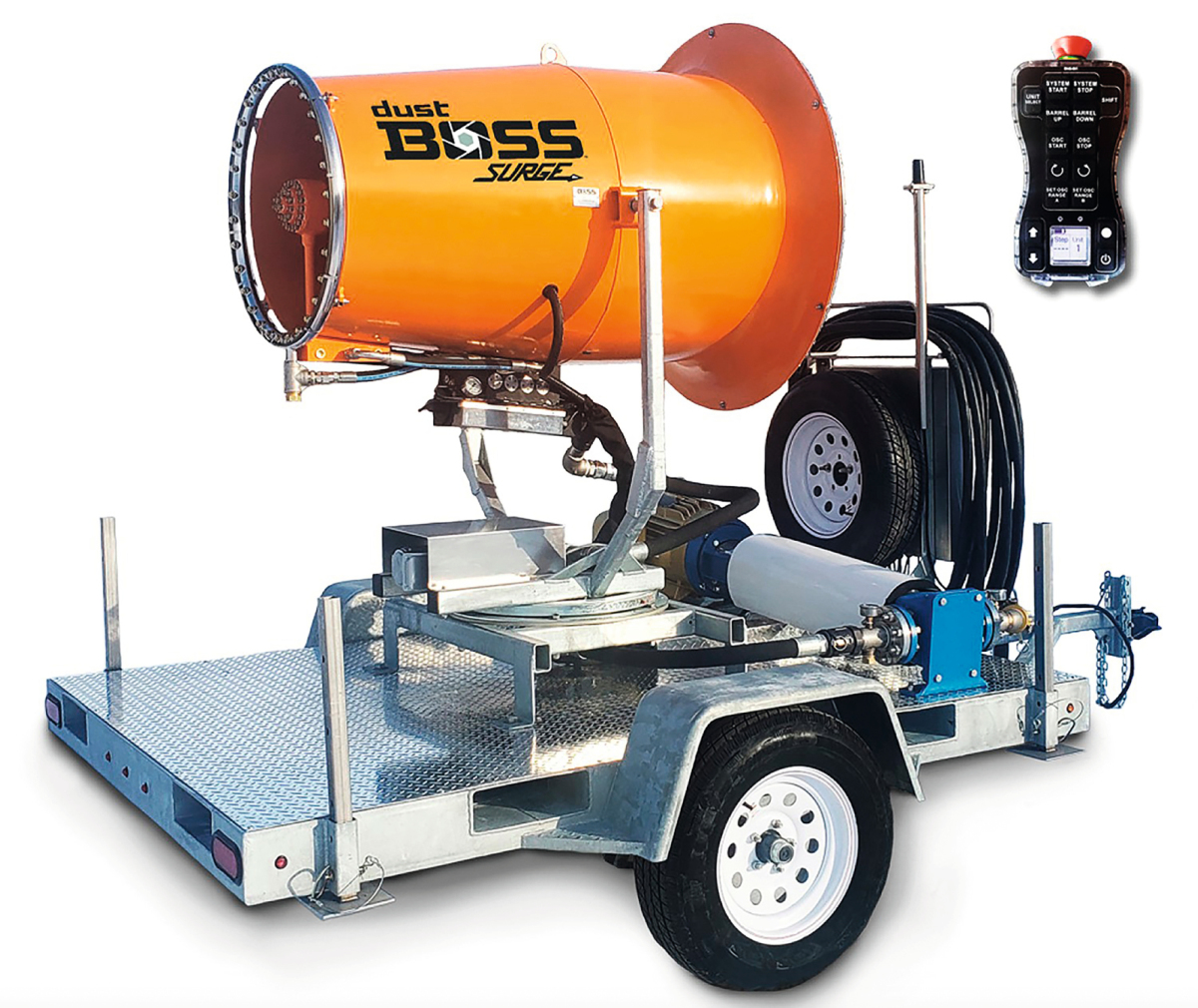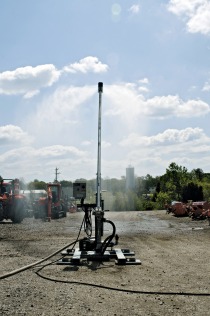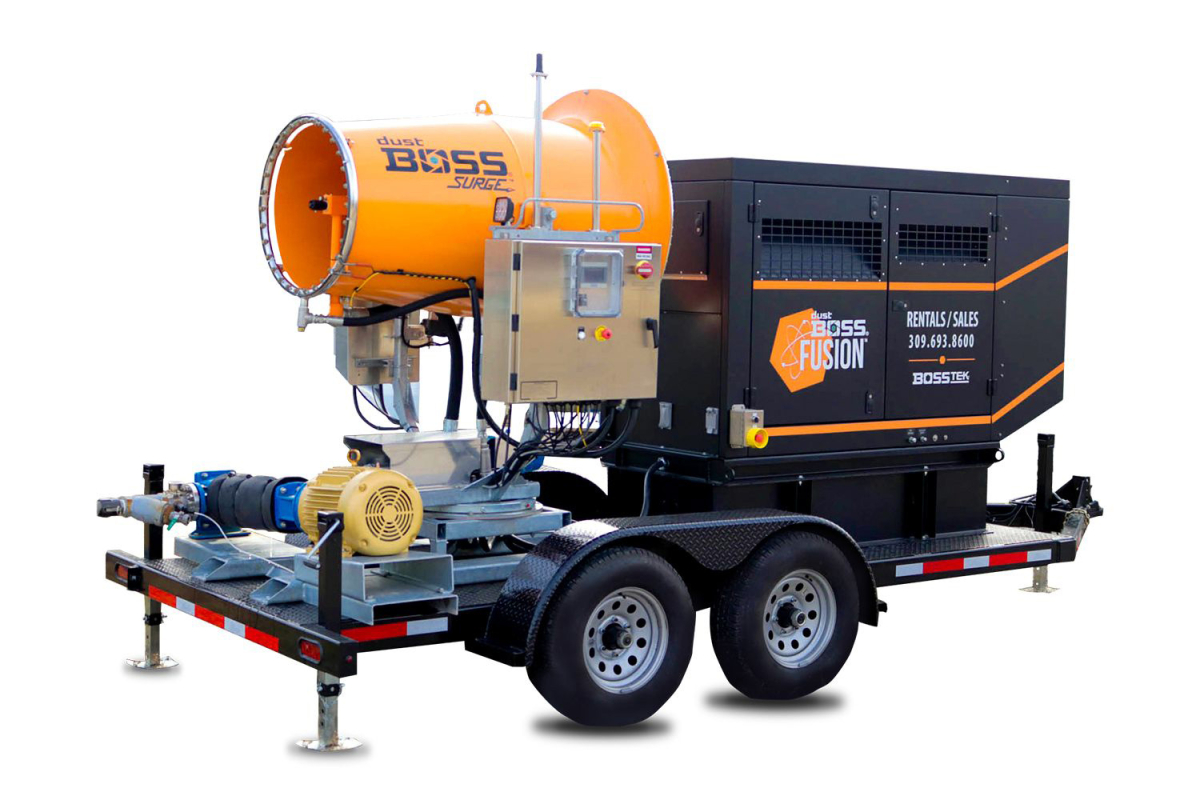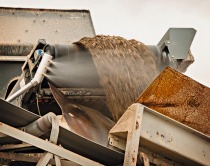Customizable dust suppression for specialized applications
Dust Control Technology has introduced a technology that allows the delivery of atomized mist solutions in customizable shapes and sizes, giving manufacturers and bulk handlers virtually unlimited options in dust and odor suppression. The company is complementing its existing line of stationary dust suppression rings with the ability to produce geometric shapes, bars or other configurations, customized to the needs of the specific application. Each design is specially engineered for the application and equipment of the individual customer for superior dust management.
The new technology can create a virtually unlimited array of shapes and sizes, including the DustBoss DB-R ring, which creates a curtain of mist around the cargo stream or specified area for outstanding containment of fugitive dust or odor. The customized solution offers high-volume applications such as radial stackers, crushers and screeners more focused and reliable suppression, taking the technology beyond perforated hoses and basic spray nozzles. The company has also developed the ability to supply custom spray bars and shapes under the DustBoss DB-B family of spray bar products.
Customers can request a virtual site assessment to determine the optimum size and shape of a customized ring, working with experienced personnel to design a tailored system. The assessment includes details such as material properties and volume, width/length/speed of conveyors, pulley diameter and slope. DCT can also produce customized shapes from customer drawings, depending on the size, geometry and complexity.
The objective in atomized mist technology for dust suppression is to induce as many collisions as possible between the dust particles and the droplets, causing an agglomeration effect that weighs down the solid particles and drives them to the ground. As airborne dust particles and water droplets approach each other, the best chance for a collision is created when they are roughly the same size, avoiding a slipstream effect that can carry them past one another.
The force of the slipstream is relative to the size and speed of the droplet. When smaller airborne particles encounter a large droplet, they can get caught in the slipstream, causing them to move around the droplet rather than being absorbed by it. Because atomized mist technology creates similar-sized droplets that are able to travel with dust particles on natural air currents, the chances of collision and absorption are increased, allowing the collective weight to drive particles to the ground.
At the core of the technology, water is pumped into a stainless steel manifold and atomized by a series of specially designed nozzles that fracture the water into a cascading mist. The water can be supplied by standard municipal sources or a hydrant, feeding a hose sized for the application and connected directly to male pipe threads on the manifold. To avoid premature clogging of misting nozzles, facilities that draw from non-potable water sources can employ additional filtration systems.
//www.dustboss.com" target="_blank" >www.dustboss.com:www.dustboss.com

